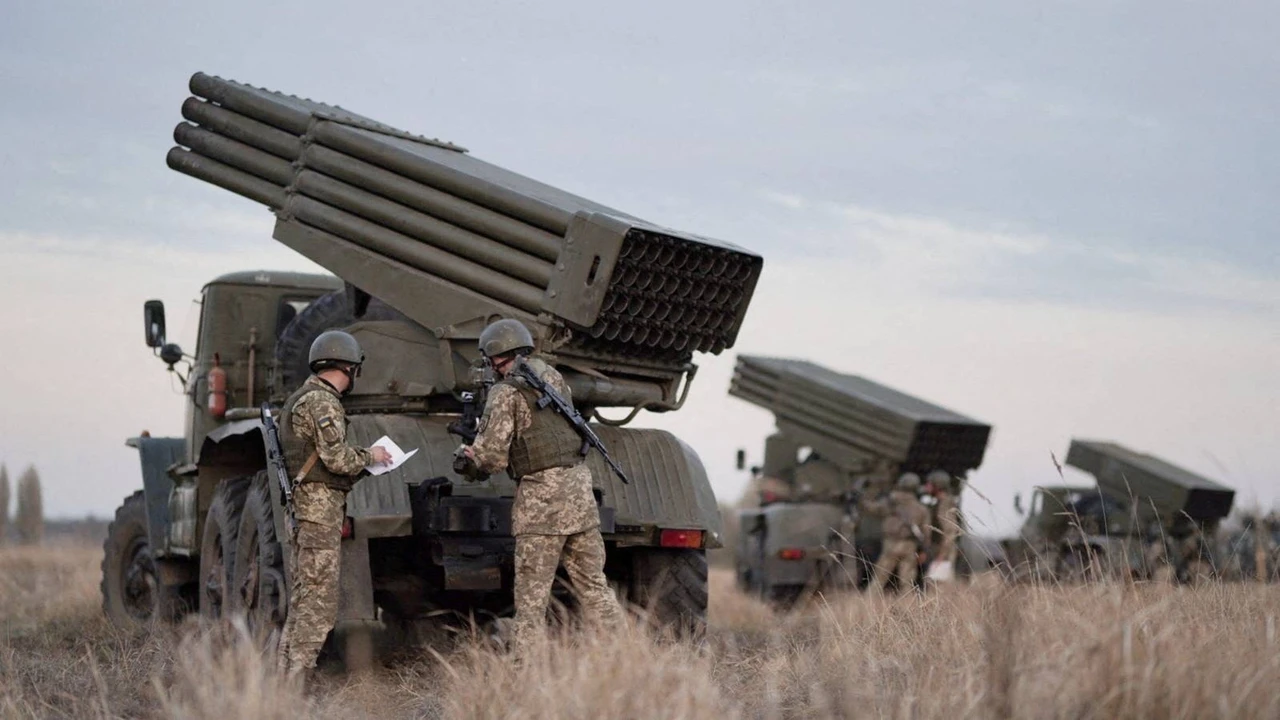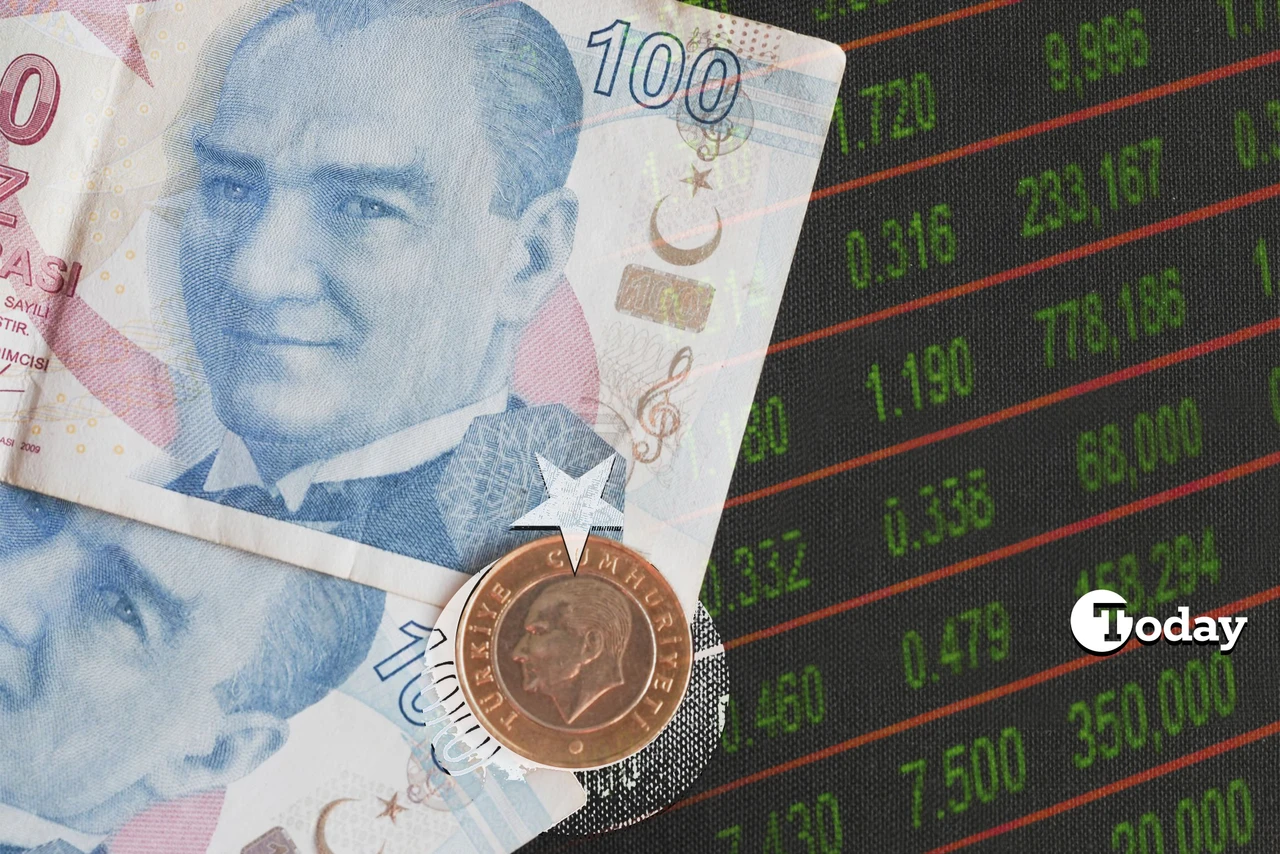Germany sees significant rise in arms exports amid Middlie East, Ukraine conflict
 Service members of the Ukrainian Armed Forces gather near BM-21 "Grad" multiple rocket launchers during tactical military exercises at a shooting range in the Kherson region, Ukraine, January 19, 2022. (Reuters Photo)
Service members of the Ukrainian Armed Forces gather near BM-21 "Grad" multiple rocket launchers during tactical military exercises at a shooting range in the Kherson region, Ukraine, January 19, 2022. (Reuters Photo)
Germany’s arms and military equipment exports surged to €11 billion ($12.15 billion) between January and September this year, nearly matching the total for all of 2023, according to a report released Wednesday by the Federal Ministry for Economic Affairs and Climate Action.
The figure marks a sharp increase in military sales, with the government approving the export of around €7.2 billion worth of combat weapons and €3.8 billion of other military equipment during the first three quarters of 2024.
Ukraine, locked in a protracted war with Russia, emerged as the largest recipient of German arms. The ministry’s report showed that Berlin had approved €7.1 billion in arms sales to Kyiv, more than double the €3.3 billion value recorded over the same period last year.
The German government granted export permits for a wide range of military equipment to Ukraine, including Leopard II tanks, Patriot air defense systems, Gepard anti-aircraft tanks, PzH Howitzers, Stinger missiles, grenades, helmets, and military vehicles. This assistance underscores Berlin’s strategic role in supporting Ukraine’s defense capabilities as the conflict continues.
Other notable recipients of German arms included Singapore, which purchased €1.2 billion worth of military equipment, followed by Algeria (€558 million), the United States (€246 million), and India (€212 million).
A substantial portion of Germany’s arms exports, 87%, or approximately €9.5 billion, was directed to European Union and NATO member countries, reflecting the country’s focus on supporting its allies during a time of heightened global security concerns.
The surge in Germany’s arms exports comes amid a broader debate within the country over its role in global military affairs and the balance between economic interests and foreign policy responsibilities. While the arms exports have provided significant support to Ukraine, they also raise questions about Germany’s arms control policies and the long-term implications for international stability.



